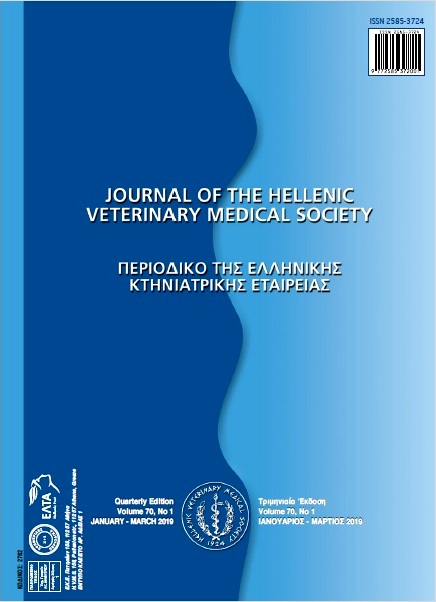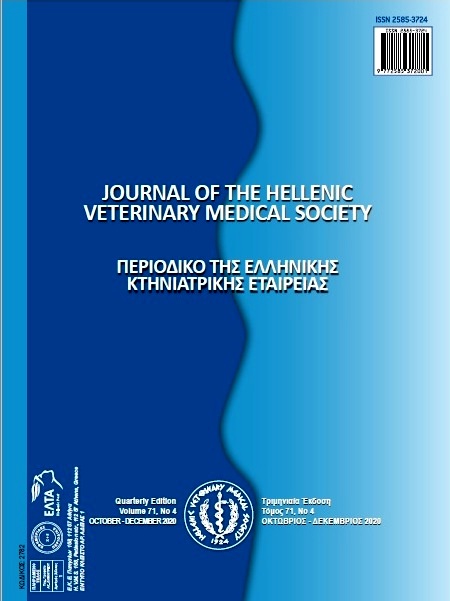The genus Campylobacter: detection and isolation methods, species identification & typing techniques

Abstract
Campylobacter is well recognized as the leading cause of bacterial foodborne diarrheal disease worldwide; while, poultry has been identified as a significant cause of campylobacter infection in humans. The C. jejuni has been found to be the predominant species isolated from poultry samples and, yet, responsible for the majority of human campylobacteriosis. Campylobacter spp. are small, oxidase positive, microaerophilic, curved gram-negative rods exhibiting corkscrew motility and colonize the intestinal tract of most mammalian and avian species. From its very first description in late 19th century by Theodor Escherich until nowadays, a lot of research has been carried out providing a wealth of information regarding its microbiological properties. Since novel technologies constantly emerge, increasingly advanced methods for detection, identification and typing of Campylobacter spp. are becoming available. The aim of this article is to review the recent bibliography on Campylobacter focusing, especially, on its survival and growth characteristics, the laboratory methods used for its detection and isolation from clinical, animal, environmental, and food samples, the reported methods applied for its speciation, as well as the typing systems developed for subtyping of Campylobacter.
Article Details
- How to Cite
-
NATSOS, G., MOUTTOTOU, N. K., AHMAD, S., KAMRAN, Z., IOANNIDIS, A., & KOUTOULIS, K. C. (2019). The genus Campylobacter: detection and isolation methods, species identification & typing techniques. Journal of the Hellenic Veterinary Medical Society, 70(1), 1327–1338. https://doi.org/10.12681/jhvms.20337
- Issue
- Vol. 70 No. 1 (2019)
- Section
- Review Articles

This work is licensed under a Creative Commons Attribution-NonCommercial 4.0 International License.
Authors who publish with this journal agree to the following terms:
· Authors retain copyright and grant the journal right of first publication with the work simultaneously licensed under a Creative Commons Attribution Non-Commercial License that allows others to share the work with an acknowledgement of the work's authorship and initial publication in this journal.
· Authors are able to enter into separate, additional contractual arrangements for the non-exclusive distribution of the journal's published version of the work (e.g. post it to an institutional repository or publish it in a book), with an acknowledgement of its initial publication in this journal.
· Authors are permitted and encouraged to post their work online (preferably in institutional repositories or on their website) prior to and during the submission process, as it can lead to productive exchanges, as well as earlier and greater citation of published work.




